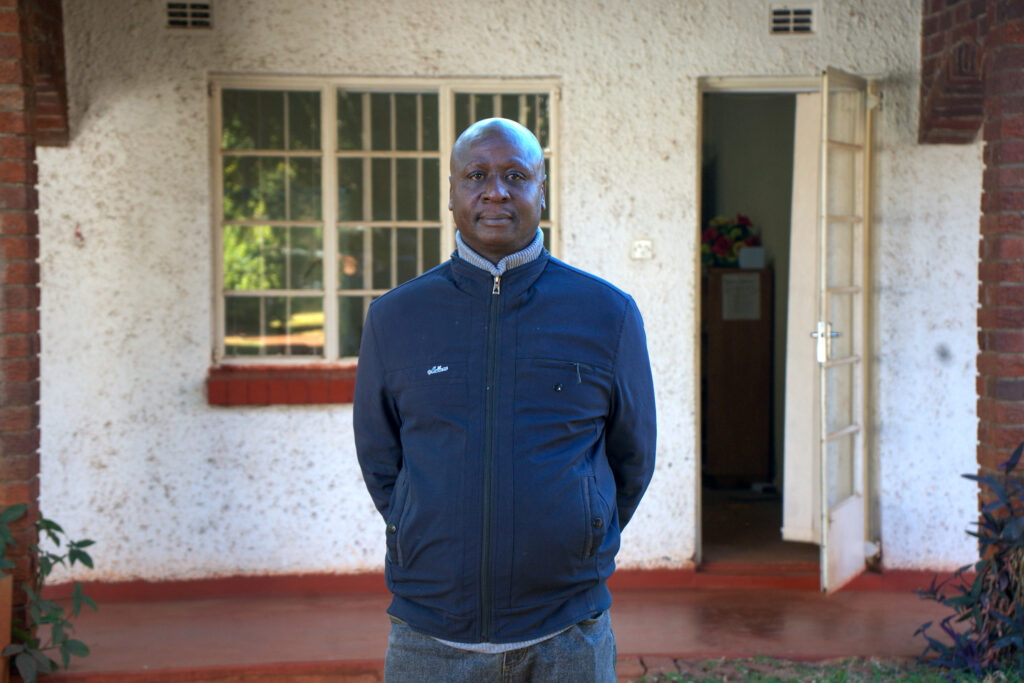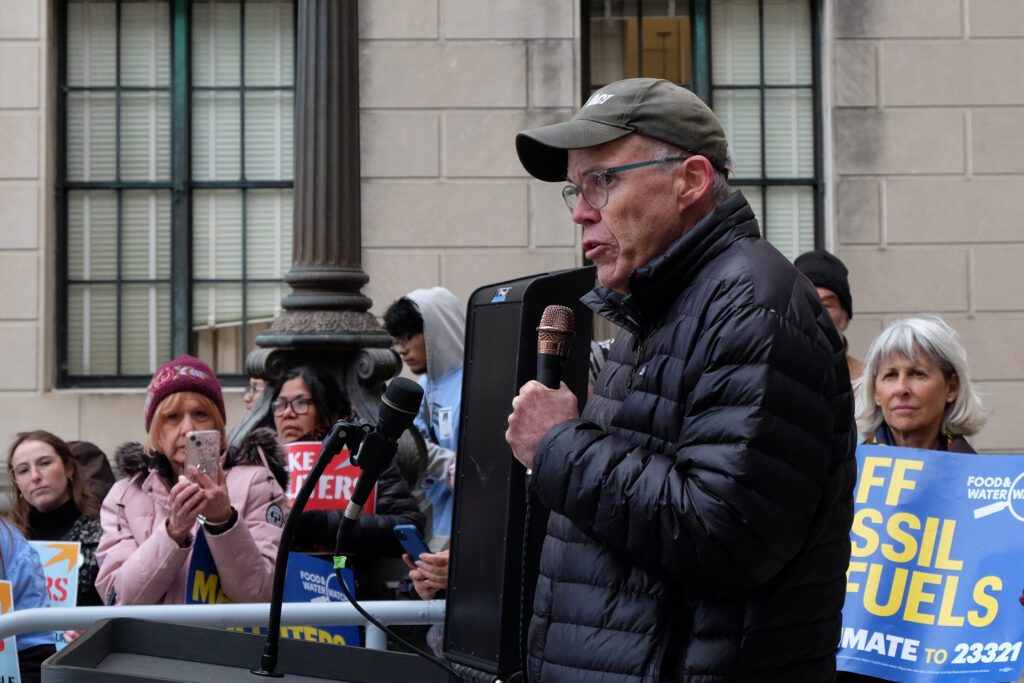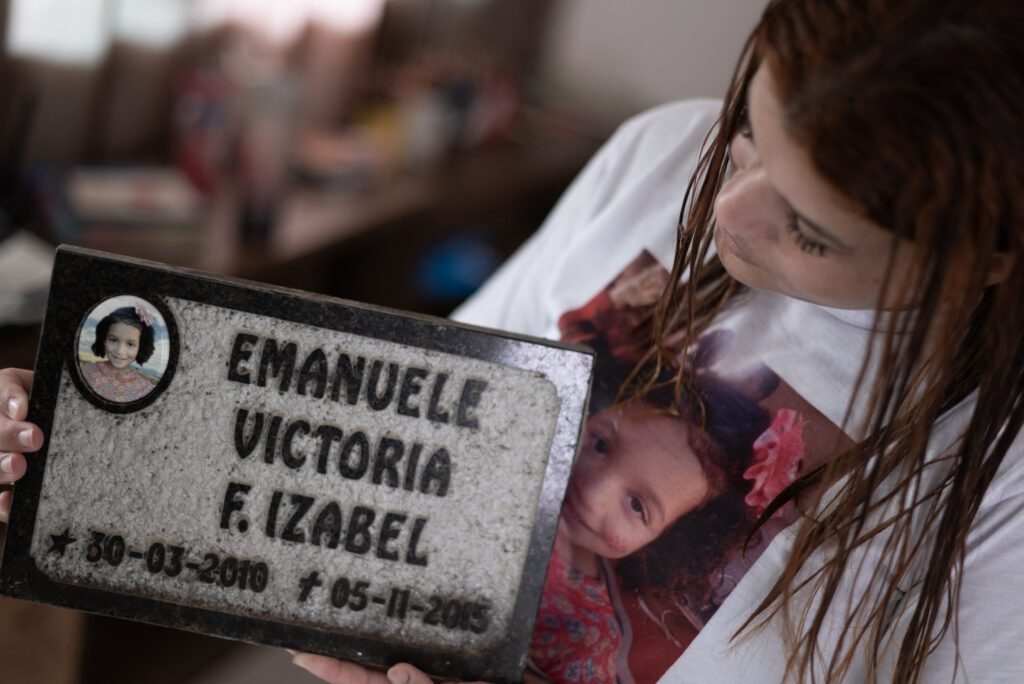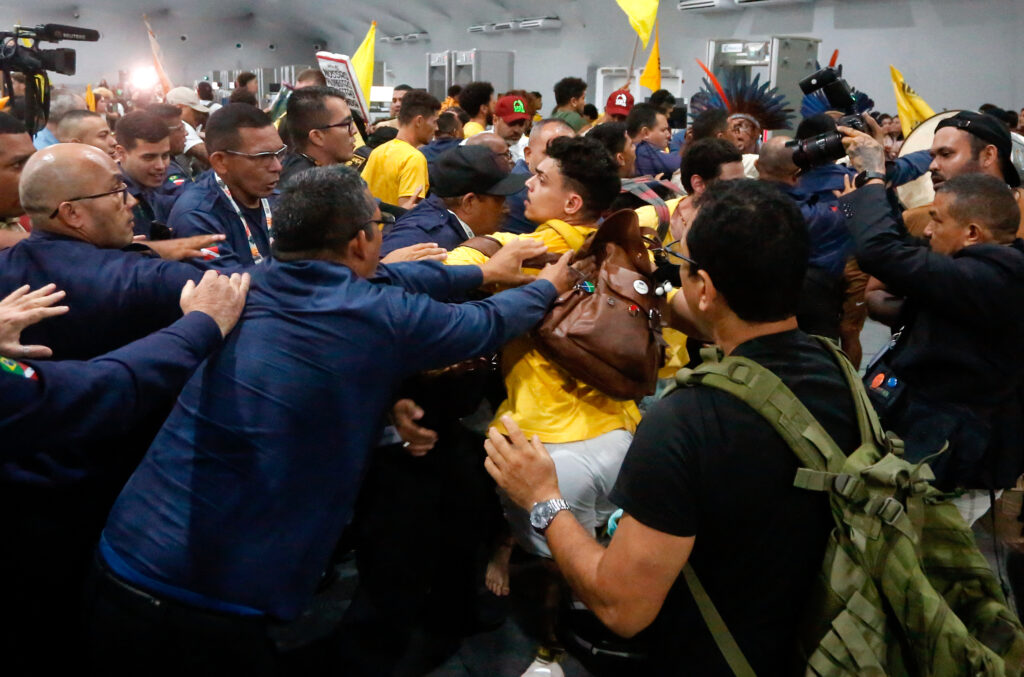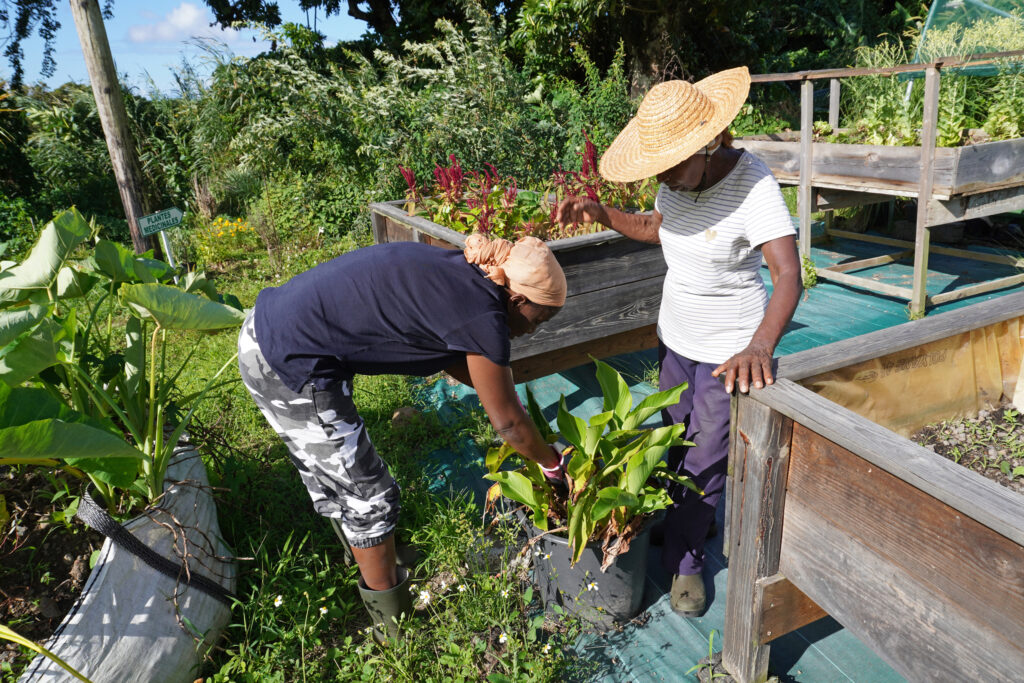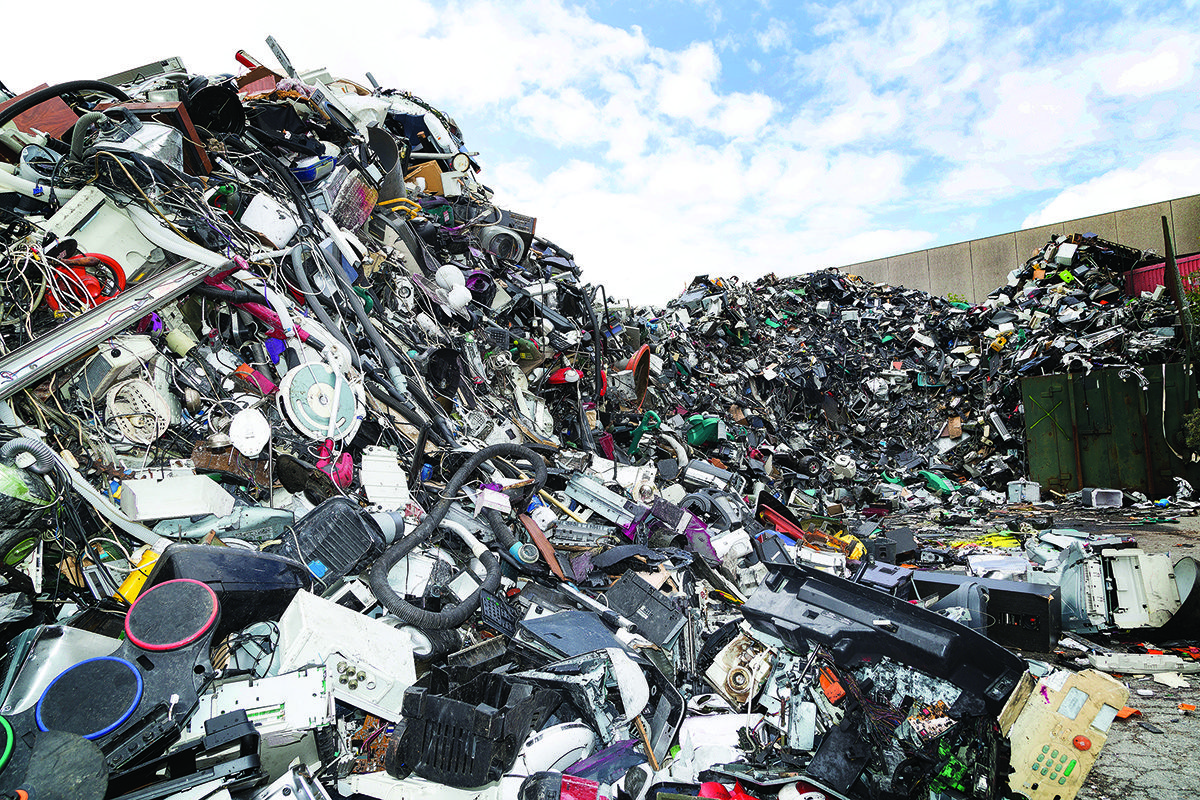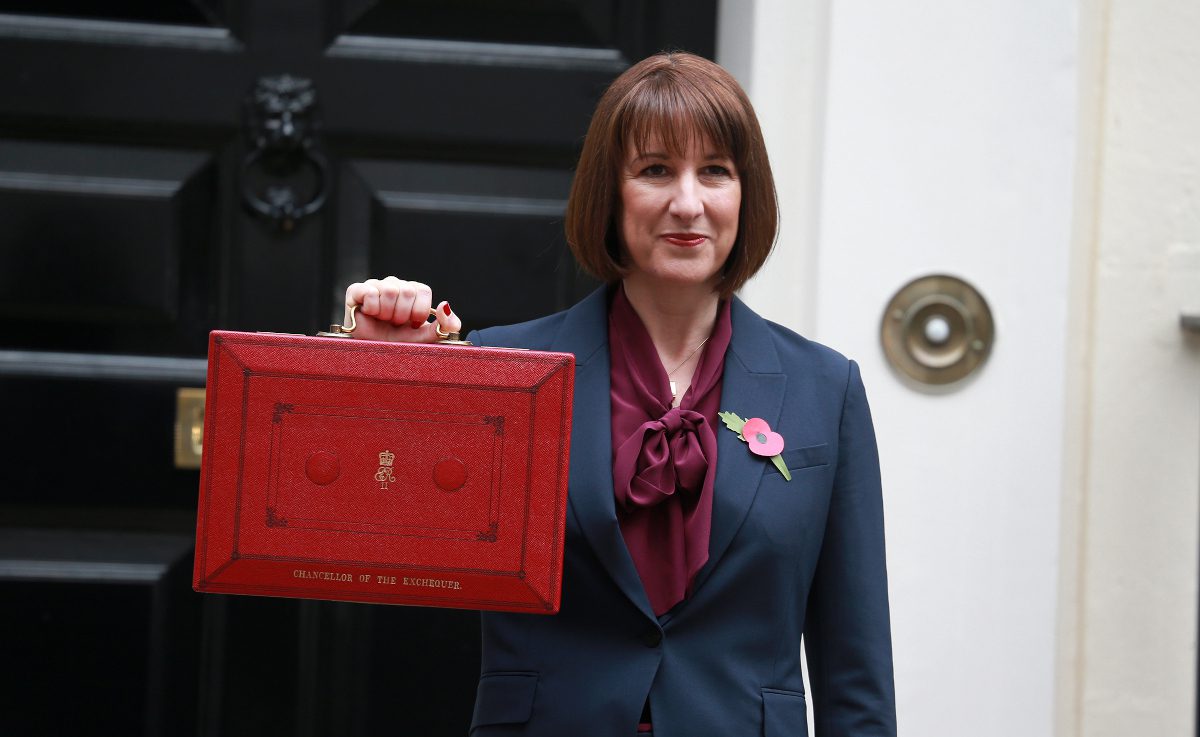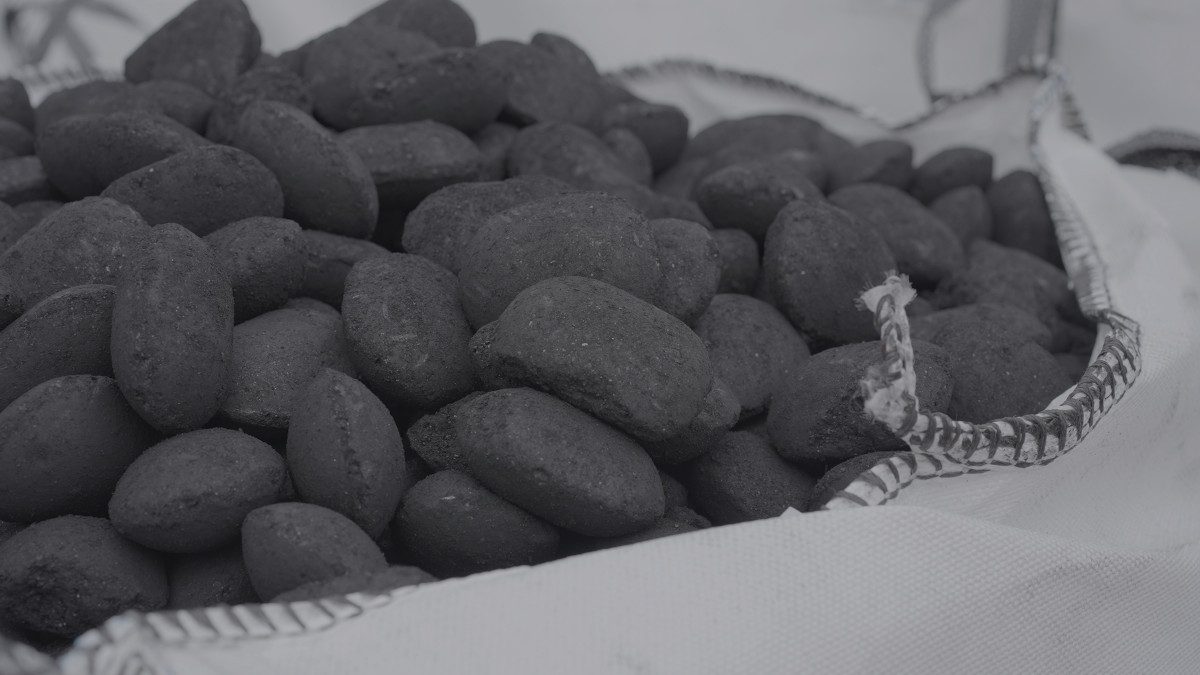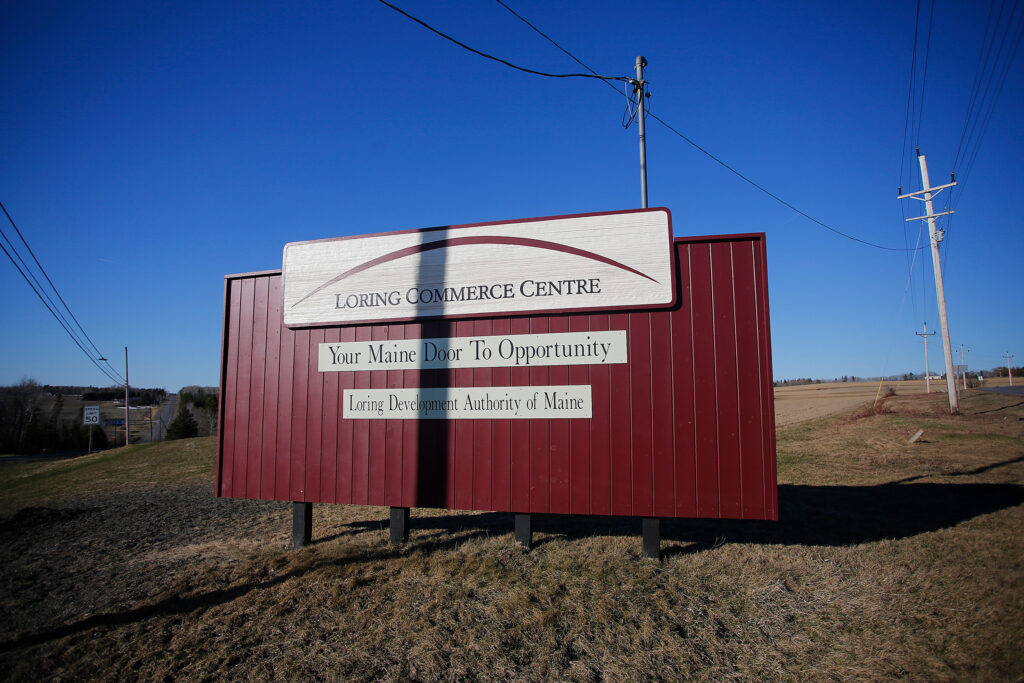Last year, Kenny Moll was preparing for his third marathon in three days when an ominous haze settled over Chicago.
The 23-year-old activist was on a mission to complete seven marathons in one week to raise awareness for the impacts of climate change. But he couldn’t outrun the one that was actively unfolding around him as smoke from unprecedented wildfires in Canada descended across the U.S.
“The air was so polluted and filled with fine particulate matter that it was super unsafe to go outside, especially to do physical exercise,” Moll recalled. His team eventually decided to cancel two days of the project, which meant he was “only” able to do five marathons in the span of 8 days, he said. “If anything, it kind of galvanized people into understanding that if we don’t work towards making change, this will continue to happen.”
Now, Moll is giving the same project another shot in New York City, where he just finished his sixth marathon of the week around Central Park today. I spoke to Moll right after his third marathon on Tuesday to see how he was doing and what’s keeping him moving during this 183.4-mile journey, and he said he felt “as good as I can feel after three marathons at this point.”
My colleague Keerti Gopal waited at the finish line today after his sixth marathon to get an update and it seems spirits have only lifted: “I’m floating on the high of the energy that everyone is bringing,” Moll said. “It’s getting easier and easier because we have more people coming out.”
The main goal of Moll’s project is to raise money for the Sunrise Movement, a youth-led collective focused on climate and economic justice. His marathons are paired with a series of speakers from different environmental organizations discussing the variety of ways that climate impacts are touching different people.
The running community itself is feeling the heat, as evidenced by Moll’s Chicago project and a growing body of research focused on the overlap between marathons and climate change.

Heat and Running: Running a marathon is already incredibly taxing—and sometimes dangerous—to the human body, but heat waves add a whole new dimension of risk. High temperatures and humidity can compromise the body’s ability to cool itself down by sweating, which can lead to heat stress.
The heat can also lead to dehydration, which is especially problematic if runners don’t replace the fluid leaving their bodies during a race, according to medical experts. Unsurprisingly, a recent study found that heat also affects performance, and warmer temperatures tend to slow elite and non-elite runners alike.
“There are very few things humans can’t get around very well,” Dr. William Roberts, a professor emeritus at the University of Minnesota’s medical school, told the Wall Street Journal. “One is heat.”
Some runners are trying to adapt to this by training in heat wave conditions leading up to a race. However, in recent years, many organizers have been forced to cancel marathons altogether due to intense floods, poor air quality and heat.
In October, the Medtronic Twin Cities Marathon in Minnesota was canceled hours before it was scheduled to start due to the sweltering 92-degree weather that day, which turned out to be the hottest Oct. 1 on record in the state. In 2007, organizers canceled the Chicago Marathon midrace as temperatures climbed to 87 degrees Fahrenheit with 65 percent humidity, in early October. A similar situation happened in Richmond, England, last year.
And more cancellations could be on the horizon: A team of researchers modeled how many cities will be able to host the summer Olympic marathon by the late 21st century under different emissions scenarios—and found that the pool will decline by up to 27 percent worldwide due to extreme heat.
On Friday it was over 80 degrees in New York, and Moll said the hardest part of the project is the heat.
“It’s getting pretty hot pretty early now,” he said.


Running With a Cause: Like me, you may be wondering what someone’s schedule might look like when they run seven marathons in 7 days. And let me tell you, it’s not for the faint of heart.
Moll wakes up around 4 a.m. and tries to get as much food down as possible before heading over to Central Park. Then, it’s off to the races, as he runs four laps around Central Park’s main loop and one lap around the lower loop, trying to keep around a 10-minute mile pace. He told me he doesn’t run to music, but that’s not necessarily true: “There’s so many birds out in Central Park right now and I love listening to the birds on the loops that I’m going on,” he said.
After he finishes his daily marathon, typically around 10:30 a.m., Moll joins the speakers organized for that day, which have included representatives from the climate groups Planet Over Profit, Fridays for the Future and the Sunrise Movement. He said that turn-out has been lower than expected compared to his Chicago project, but he’s optimistic given that many people have joined him on his runs and been following along through social media. After this marathon of a day (sorry, I had to), Moll finally crashes around 7 p.m., before the cycle starts again the next morning.
Inside Scoop: I asked Gopal to share more about the environment after the run today. Here’s what she said:
Moll and his team were all smiles today as he finished marathon number six. He was running alongside Sunrise Movement activist Michael-Luca Natt, who has run all but one of the marathons with Moll this week, and only skipped Tuesday’s to go to a court appearance for a climate protest he’d been arrested at in February, at Biden’s campaign headquarters. Finishing the run, Moll and Natt didn’t seem remotely tired enough for what they’d just accomplished, and they seemed energized and excited to do it all again tomorrow. Some other friends and supporters kept them company on bits and pieces of the run, and about 15 people total gathered to see him finish and watch the day’s speakers.
Dejah Powell from the Sunrise Movement opened her speech after the marathon by asking what brought people to the climate movement, and supporters shared stories mostly focused on changes they’d observed in their home environments—extreme heat, rising pollution, or shifts in seasons. Moll also spoke briefly about the history of Central Park, acknowledging that the park is on Lenape land and paying homage to Seneca Village, a pre-Civil War community of Black property owners who were forcibly removed by the city when the park was built.
The finish line was set up near the entrance to the park at Columbus Circle—Moll’s girlfriend, siblings, and friends had set up a blanket with canned water, coffee, and sugary, carb-heavy snacks like bagels and packets of maple syrup, alongside some pamphlets and reading material about climate action. After the race, the group hung out and chatted for a bit while the runners cooled off. Moll’s friends and supporters—expressing awe for his commitment to the project, as well as a good-natured consensus that this was “on-brand for Kenny”—commented that Moll has been in good spirits all week and ran faster today than any other day.


Future Marathons: Moll recognizes that climate change poses an existential threat to his ability to run outside—and that this passion in and of itself is a “luxury.”
“The environment and the health of our climate is so intertwined with the ability to run,” he told me, pointing out that many countries in the Global South are bearing the brunt of climate impacts. “Not everyone is afforded the material conditions to have a passion like ultra-endurance running.”
In India, an ongoing and sweltering heat wave has killed more than 200 people so far this summer. However, many individuals are continuing to work outside in the scorching temperatures to support their families. The U.S. has not been spared during this summer of heat: Last week, a heat dome baked the West Coast, and more high temperatures are projected in the coming days. After Friday’s run, a passerby from Delhi who had stopped to see the speeches spoke about record high temperatures in his city.
As heat waves become more frequent, not being able to run could be the least of our problems, Moll said.
“I think we kind of look at the access to the outdoors as this thing that is unspoken and we will always have access to it no matter how we live and no matter what track we’re going down,” he said. “And that’s not the case. We are seeing it right now that it will get worse and it will continue to affect us in ways that we are not prepared for.”
More Top Climate News
South Florida has faced steady downpours since Tuesday, causing flooding in homes and roadways across the region.
Two people died in a car crash on Wednesday due to the wet conditions, according to the Florida Highway Patrol. Forecasters say that while more storms could come over the weekend, the worst of the rainfall is over. The state recently launched the start of its recovery efforts, including the deployment of about 100 pumps to clear water on the streets, reports The Associated Press.
Meanwhile, a new report found that people around the world farmed more fish than they harvested from the wild in 2022, which could be a global first, reports Grist. While this could help increase food security, writer Frida Garza points out the irony that many farmed fish are fed with feed that includes protein from wild-caught fish, which is driving overexploitation.
“There’s a lot of overlap between fisheries and aquaculture that the average consumer may not see,” Dave Love, a research professor at the Center for a Livable Future at Johns Hopkins University, told Grist.
In other news, a new study suggests that polar bears in southern Hudson Bay in Canada could go extinct by the 2030s as sea ice rapidly melts. Researchers have long known that melting sea ice threatens these bears by reducing the areas they can hunt on, but “this might be the first subpopulation that disappears,” study lead author Julienne Stroeve told The New York Times.





